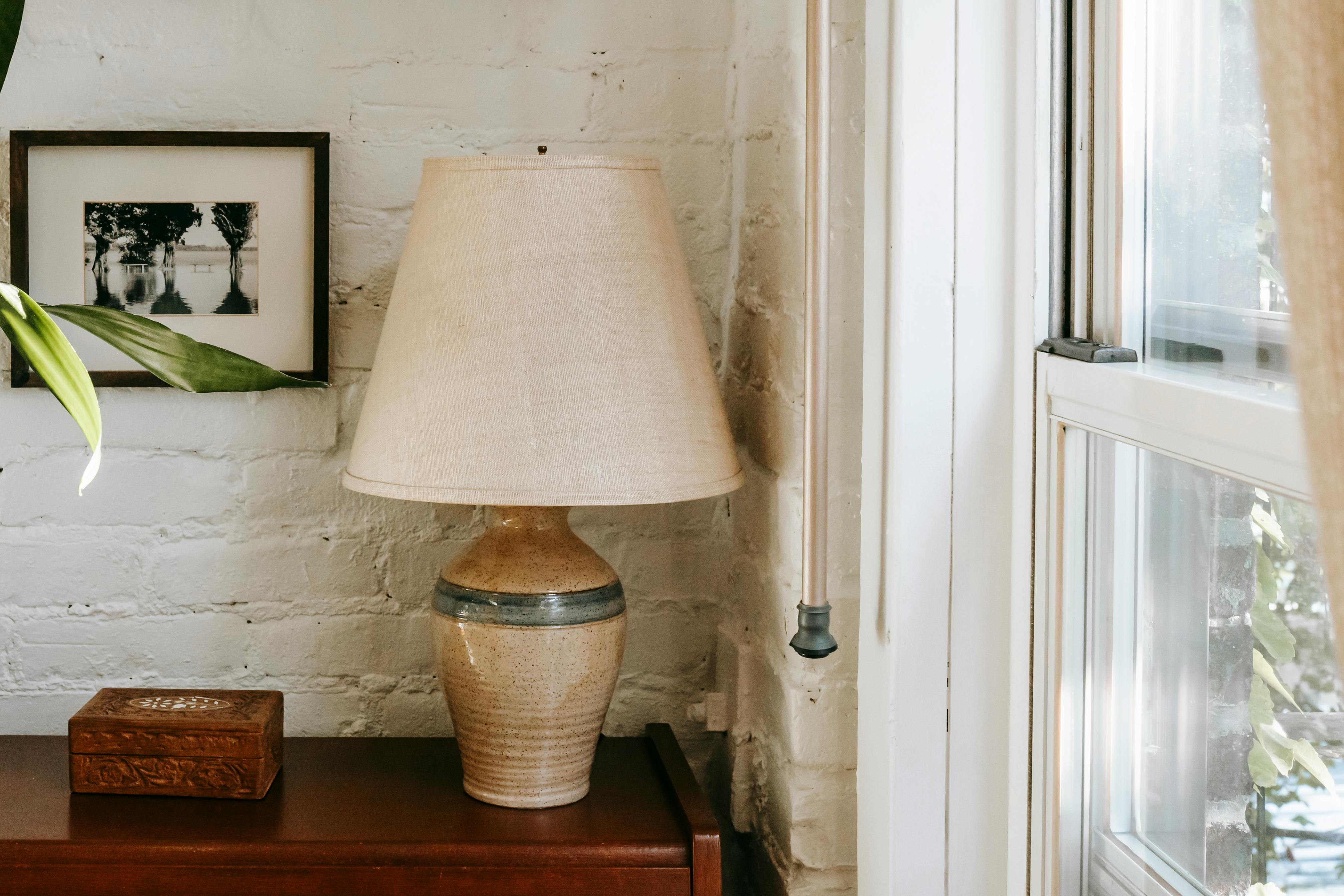Mold is a constant concern for homeowners. Due to the complexity of the biological process, mold is excluded from home inspection contracts. The problem has received so much publicity that many people wonder what conditions can cause fungus to grow in the home. First, most of the time, the problem will be caused by a water problem outside, such as a leaky roof or uncontrolled water that has left standing water in the basement or basement.
When analyzing homes, professionals are often concerned with relative humidity (RH) and that is a percentage of the humidity in the air. The air is 100% saturated. It cannot retain any more moisture, so when the air is saturated, condensation forms on the surfaces. We start to see obvious problems when that happens.
The warmer the air, the more moisture it can hold. But when the temperature drops at night, cold air is less able to retain moisture. If a house is 70 degrees F and the relative humidity is 50%, what happens if the temperature drops to 50 degrees F? Simple answer: relative humidity shoots up to 100% and condensation becomes apparent.
Probably the first place a person will notice the formation of excess moisture, condensation, is on the windows, but the moisture could also be occurring on the walls. Research and experience indicate that condensation generally occurs on walls / cladding and not as often within walls or on insulation within walls.
People often ask this question: What is the optimal relative humidity for my home? That is more difficult to answer than one might think at first. The quick number, at least for my region of the country and provided by the Northwest Clean Air Agency, is 30% to 50% with a reading as high as 60% which is not usually cause for much alarm. Keeping the readings lower is best in winter.
The problem is the dew point. Remember that the air is saturated when the relative humidity is 100%. Well, the dew point is the temperature at which water condenses inside the house. Some people think that the dew point is a low temperature, close to the freezing point, and that that temperature could never occur inside the house. It is more complicated than that.
Some practical examples are in order. In a house, if the RH is 40% and the temperature is 69 degrees F, the dew point in the house is 44 degrees; the temperature would have to drop to 44 degrees before condensation would form. This is a typical RH and temperature based on my studies in this northwestern region of the country.
In another example, if the RH is 56% and the temperature is 70 degrees F, that change in the equation leads to a dew point of 53 degrees F. Condensation will form if the house drops below 53 degrees F.
In the final example, let’s look at the highest readings that could exist inside a house that is damp. With a relative humidity of 77% and a temperature of 73 degrees F, the dew point is 66 degrees F, just 2 degrees below the 68 degrees that many people use as the ideal thermostat setting! If the house drops to 66 degrees, condensation will form inside.
Obviously, especially in winter, homeowners need to keep the relative humidity low. Where I live, in colder climate, it is more practical to keep a house somewhere above 44 degrees overnight than to keep it above 65 degrees.
This detailed information goes beyond what most people, including inspectors, will engage in on an ongoing basis. One caveat, while you can get useful information from a relative humidity reading, it takes more than one reading to get enough information to determine whether or not there is a problem. It requires some study and analysis. And, some homes that look like they should have mold growth don’t, and the reverse can also be true. Being alert to this information helps you better understand why some homes have wet spots or stains. Excess humidity caused by high relative humidity can lead to rock plate damage, wood rot, mold, mildew, rust on metal, wood shrinking or expanding, reduced thermal resistance of insulation, odors. People often ask what causes high relative humidity. It’s not always easy to tell, but some of the usual suspects are showers, toilets; Cooking; washing clothes, dishes, floors and walls; breathe, perspire; Farts uncontrolled surface water, basements and damp crawl spaces.
If you are personally interested in taking a look at RH inside your home, purchase a relative humidity meter (hygrometer) at an electronics store or online. You can easily find dew point calculators or “psychological charts” online that allow you to determine dew point from your relative humidity and temperature readings.
